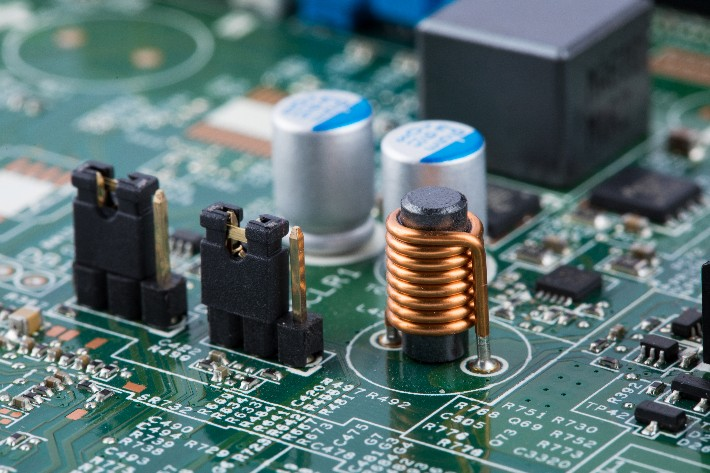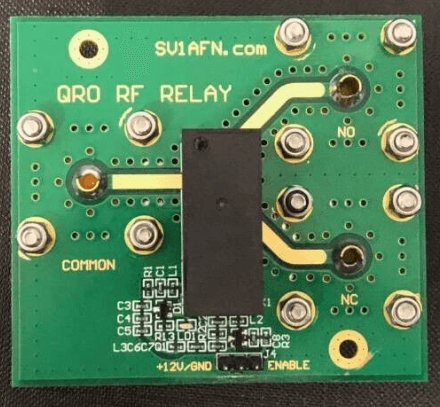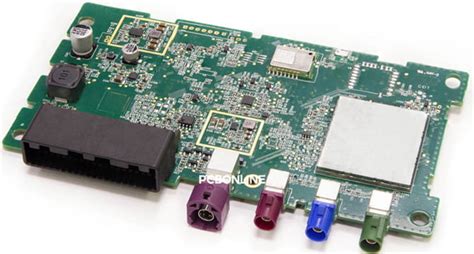Breaking Down Flex PCB Cost Components
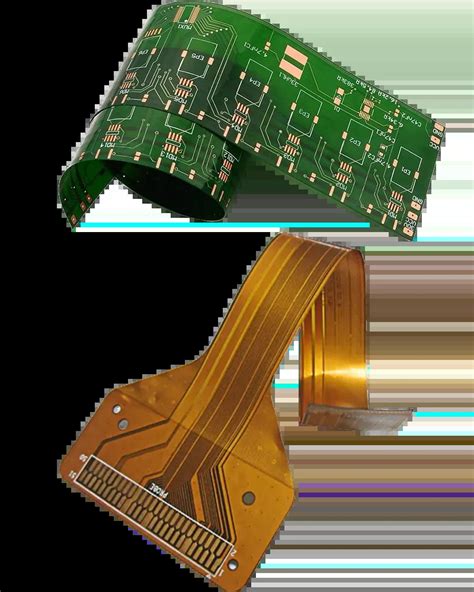
Key Takeaways
Understanding PCB manufacturing costs begins with recognizing four primary drivers: material selection, design complexity, production volume, and specialized processes. Flex circuits often require advanced substrates like polyimide, which cost 30-50% more than standard FR-4 materials. Multilayer designs amplify PCB manufacturing cost due to additional lamination steps and alignment precision. When partnering with PCB manufacturing companies, inquire about their expertise in handling high-density interconnects (HDIs) or controlled impedance routing—these capabilities directly impact pricing.
"Always request a detailed cost breakdown from your supplier—unexpected charges for laser drilling or impedance testing can account for 15-20% of total expenses."
Hidden factors like tooling modifications or prototyping iterations frequently inflate budgets. While PCB manufacturing business models prioritize volume discounts, smaller batches for flex PCBs may justify higher per-unit costs through reduced failure rates. To optimize spending, balance material performance with application requirements—not every project needs aerospace-grade films. Finally, compare flex vs rigid PCB cost structures early; while rigid boards have lower base prices, flex solutions often save money long-term by eliminating connectors and reducing assembly steps.
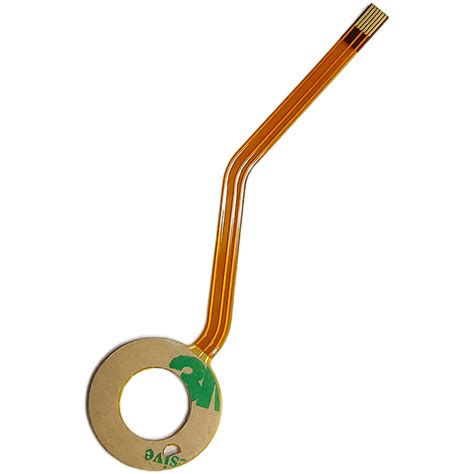
Material Complexity in Flex PCBs
When evaluating flex PCB manufacturing costs, material selection plays a pivotal role. Unlike rigid boards, flex circuits rely on specialized substrates like polyimide or liquid crystal polymer (LCP), which offer thermal stability and flexibility but come at a premium. The choice of adhesive systems, conductive layers, and protective coatings further influences PCB manufacturing business expenses. For instance, rolled annealed copper (RA) is often preferred over electro-deposited (ED) copper for dynamic flex applications, though it increases material costs by 15–25%.
PCB manufacturing companies must also account for dielectric materials like coverlays or solder masks, which require precision application to maintain durability. Thinner materials (e.g., 12µm polyimide) demand tighter process controls, raising PCB manufacturing cost due to higher scrap rates. Additionally, flame-retardant or high-frequency laminates can add 30–40% to material budgets. To optimize costs, you’ll need to balance performance requirements with material grades—over-specifying can inflate expenses, while under-specifying risks reliability.
For deeper insights into balancing material choices with budget constraints, explore industry benchmarks. Understanding these variables ensures you’re better equipped to navigate pricing strategies with suppliers.
Multilayer Design Cost Factors
When designing multilayer flex circuits, you’ll encounter cost escalations tied directly to structural complexity. Unlike single-layer boards, PCB manufacturing of multilayer designs requires precise alignment of conductive layers, adhesives, and insulating substrates. Each additional layer increases material usage by 15–25%, while specialized lamination processes add 30–50% to PCB manufacturing cost compared to rigid alternatives.
Critical drivers include:
| Factor | Impact on Cost |
|---|---|
| Layer count | Linear cost increase per layer |
| Material compatibility | Higher-grade polyimide films |
| Registration accuracy | Tighter tolerances raise labor |
| Testing requirements | Extended electrical validation |
PCB manufacturing companies often charge premiums for designs exceeding four layers due to yield risks. For instance, a six-layer flex PCB might cost 2.3× more than a two-layer version, factoring in scrap rates from misaligned drilling or bonding. Additionally, hybrid rigid-flex configurations demand cross-functional expertise, further inflating expenses in the PCB manufacturing business.
To mitigate costs, balance layer count against functional requirements—unnecessary layers erode budgets quickly. Partner with suppliers early to optimize stack-up designs without compromising signal integrity or durability.
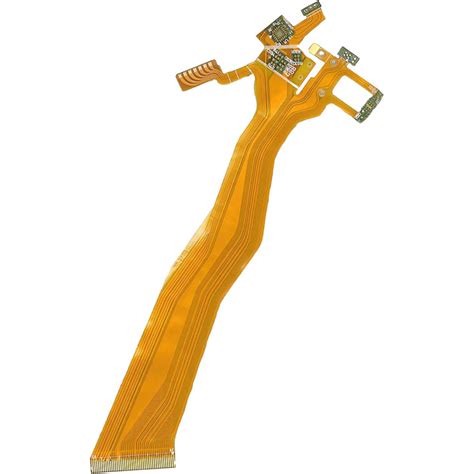
Specialized Manufacturing Expenses
When evaluating PCB manufacturing costs for flexible circuits, you’ll encounter unique expenses tied to specialized production processes. Unlike standard rigid PCBs, PCB manufacturing companies must invest in advanced equipment capable of handling ultra-thin substrates and heat-sensitive materials. For instance, laser drilling systems—critical for creating microvias in flexible circuits—require precision calibration to avoid damaging delicate layers, directly impacting PCB manufacturing business overhead.
Labor expertise also plays a pivotal role. Technicians skilled in handling flex materials command higher wages due to the intricate workflows involved, such as aligning anisotropic conductive films or managing adhesive lamination. Additionally, low-volume production runs—common in niche applications—limit economies of scale, further elevating per-unit costs.
Quality assurance adds another layer. Flex PCBs demand rigorous testing for bend endurance and thermal stability, often requiring customized inspection protocols. These steps ensure reliability but extend lead times and resource allocation. When sourcing from PCB manufacturing partners, verify their certifications (e.g., IPC-6013) to gauge how these specialized requirements influence pricing tiers. By understanding these factors, you can better anticipate cost drivers and align expectations with production realities.
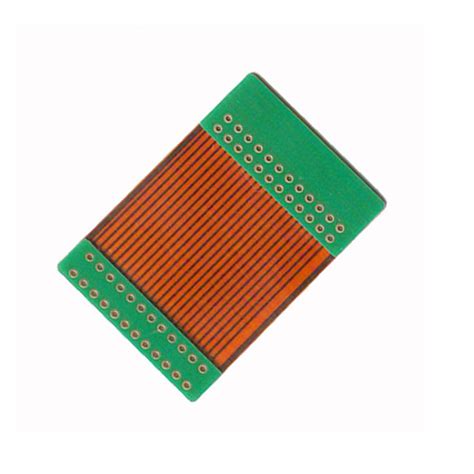
Precision Engineering Cost Drivers
When evaluating pcb manufacturing expenses, precision engineering emerges as a critical factor in flex pcb price calculations. Unlike standard rigid boards, flex circuits demand micron-level accuracy in trace routing and layer alignment to maintain reliability under repeated bending. This requires pcb manufacturing companies to deploy advanced laser direct imaging (LDI) systems and automated optical inspection (AOI) tools, both of which contribute to higher pcb manufacturing cost due to equipment depreciation and calibration cycles.
Tighter tolerances also amplify labor costs. Technicians with expertise in handling flexible substrates command premium salaries, particularly when working on high-density interconnects (HDIs) or impedance-controlled designs. Additionally, prototyping iterations for complex geometries often extend lead times, further inflating project budgets. For pcb manufacturing business models prioritizing rapid turnaround, these precision-driven delays can strain operational efficiency.
While material and layer count influence baseline pricing, it’s the cumulative impact of precision requirements—from design validation to final testing—that often surprises buyers. Balancing performance expectations with budget constraints requires clear communication with your manufacturer about tolerances and testing protocols upfront.
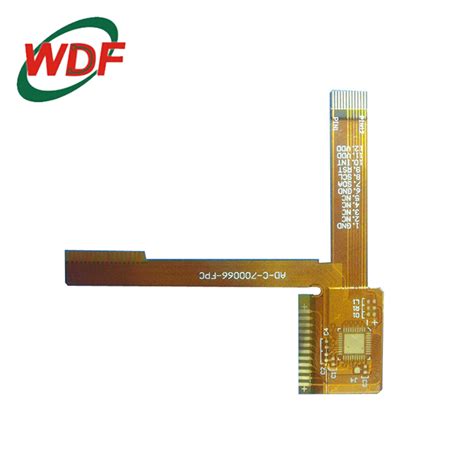
Flex vs Rigid PCB Cost Comparison
When evaluating costs between flex PCB manufacturing and rigid alternatives, you’ll notice distinct differences rooted in design requirements and production processes. While rigid PCBs rely on standardized materials like FR-4, flex circuits demand specialized substrates such as polyimide, which inherently raises PCB manufacturing cost due to higher raw material expenses. Additionally, the precision required for handling flexible layers—avoiding tears or misalignment—adds labor and equipment overhead, especially in PCB manufacturing companies prioritizing quality.
Rigid boards often benefit from economies of scale in high-volume runs, whereas flex PCB production typically involves smaller batches with custom tooling and slower throughput. For instance, multilayer flex designs require intricate stacking and bonding steps, further escalating expenses compared to rigid counterparts. However, rigid PCBs may incur hidden costs in applications needing vibration resistance or compact form factors—areas where flex circuits excel, potentially offsetting initial price gaps.
Your choice ultimately hinges on balancing performance needs with budget constraints. While PCB manufacturing business models favor rigid boards for simplicity, flex solutions offer long-term value in dynamic or space-constrained environments. Always factor in durability demands and assembly complexity when weighing upfront costs against lifecycle savings.
Hidden Costs in Flex PCB Production
While material and labor expenses dominate initial quotes, PCB manufacturing often involves overlooked expenditures that impact your final budget. You’ll encounter testing and validation fees, which escalate with complex designs requiring impedance control or high-frequency signal integrity checks. PCB manufacturing companies may also charge for custom tooling, such as laser-drilled vias or specialized solder masks, which aren’t always itemized upfront.
Another hidden factor lies in prototyping iterations—minor design flaws discovered during assembly can trigger costly rework, especially in high-density layouts. Regulatory compliance (e.g., IPC-6013 standards) adds layers of documentation and inspection, increasing PCB manufacturing cost over time. Additionally, low-volume orders often incur higher per-unit charges due to setup efficiencies favoring mass production.
Supply chain volatility plays a role too. Specialty adhesives or polyimide substrates might face availability delays, forcing PCB manufacturing business partners to source pricier alternatives. To mitigate these risks, prioritize clear design specifications and collaborate closely with suppliers to align expectations. Transparent communication about tolerances, testing protocols, and volume forecasts helps uncover potential cost traps before they derail your project.
Key Factors Driving Flex PCB Prices
When evaluating flex PCB manufacturing costs, you’ll notice that material selection plays a pivotal role. High-performance substrates like polyimide films or specialized adhesives often cost significantly more than standard rigid PCB materials, directly impacting pcb manufacturing cost. Additionally, pcb manufacturing companies must account for multilayer stacking and fine-line circuitry, which require advanced equipment and skilled labor. For instance, creating a 6-layer flex PCB involves precise alignment and lamination steps that escalate expenses compared to simpler designs.
Another critical factor is the pcb manufacturing business’s reliance on low-volume, high-mix production. Unlike rigid PCBs, flex circuits often demand custom tooling and prototyping, which spreads fixed costs across fewer units. Specialized processes like laser drilling or controlled impedance testing further add to the price tag. Transitioning between design iterations—common in flex PCB projects—also introduces hidden fees for engineering reviews and material waste.
Finally, compliance with industry standards (e.g., IPC-6013) requires rigorous testing, ensuring reliability in demanding environments. While these steps elevate quality, they inevitably increase pcb manufacturing overhead. Balancing these variables helps you prioritize features that align with both performance needs and budget constraints.

Optimizing Flex PCB Budget Strategies
When planning your PCB manufacturing budget, start by evaluating design complexity against functional requirements. Simplifying circuit layouts without compromising performance can reduce PCB manufacturing cost by minimizing material waste and production time. Work closely with PCB manufacturing companies to identify cost-sharing opportunities—for instance, standardizing substrate thickness or adhesive types across multiple projects.
Consider volume thresholds: many suppliers offer tiered pricing models that lower per-unit costs as order quantities increase. However, balance this against inventory risks by aligning production runs with verified demand forecasts. For prototypes or small batches, explore shared panelization options where multiple designs are combined on a single flex panel—a common practice in the PCB manufacturing business to optimize material utilization.
Prioritize early collaboration with engineers to address potential rework triggers like impedance mismatches or bend radius limitations. Proactive design-for-manufacturing (DFM) reviews prevent costly mid-production changes. Finally, audit secondary expenses: specialized tooling fees, testing protocols, and certifications often account for 15–25% of total costs but can be negotiated based on long-term partnerships with suppliers.
Conclusion
Understanding flex PCB pricing requires recognizing how multiple elements interact. While material selection and design complexity form the foundation, expenses escalate with specialized processes like multilayer stacking and precision engineering. Partnering with established pcb manufacturing companies often reveals hidden expenses in tooling modifications or testing protocols that impact pcb manufacturing cost.
To optimize budgets, evaluate whether advanced features justify their price premiums. Many pcb manufacturing providers offer volume discounts, but balancing order quantities with project timelines remains crucial. Consider prototyping phases to identify cost-saving opportunities before full-scale production.
Ultimately, your approach should align technical requirements with financial constraints. By maintaining open communication with suppliers and understanding their pcb manufacturing business models, you gain leverage in negotiations. This strategic perspective doesn’t just lower immediate costs—it builds frameworks for long-term efficiency across all flexible circuit applications.
FAQs
How does material selection impact flex PCB manufacturing costs?
Material-grade choices directly affect PCB manufacturing expenses—high-frequency laminates or polyimide films cost 30-50% more than standard FR-4. Specialty adhesives and copper weights further influence pricing, especially for applications requiring thermal stability or signal integrity.
Why do multilayer designs increase PCB manufacturing costs?
Each additional layer introduces complexity in alignment, lamination, and via formation. A 6-layer flex PCB can cost 2-3x more than a 2-layer version due to extended production time and higher defect risks during PCB manufacturing business processes like laser drilling.
Are rigid PCBs always cheaper than flex PCBs?
While rigid boards typically have lower PCB manufacturing cost for simple designs, flex PCBs offer long-term savings in space-constrained applications. Hybrid rigid-flex designs, however, combine both cost structures—requiring careful evaluation of your project’s mechanical and electrical needs.
What hidden costs should you anticipate?
Beyond base materials, factors like testing protocols (impedance control, 100% electrical testing) and certifications (UL, IPC) add 15-25% to budgets. Low-volume orders at PCB manufacturing companies often incur setup fees, while design revisions mid-production escalate timelines and costs.
How can you optimize PCB manufacturing expenses?
Simplify layer counts where possible, standardize material specs, and collaborate early with manufacturers to align design choices with their production capabilities. For prototypes, consider panel-sharing options to reduce per-unit costs.
Need a Custom Quote for Your Project?
Explore competitive pricing tailored to your flex PCB requirements—please click here to connect with specialists who streamline PCB manufacturing business workflows while maintaining precision.


